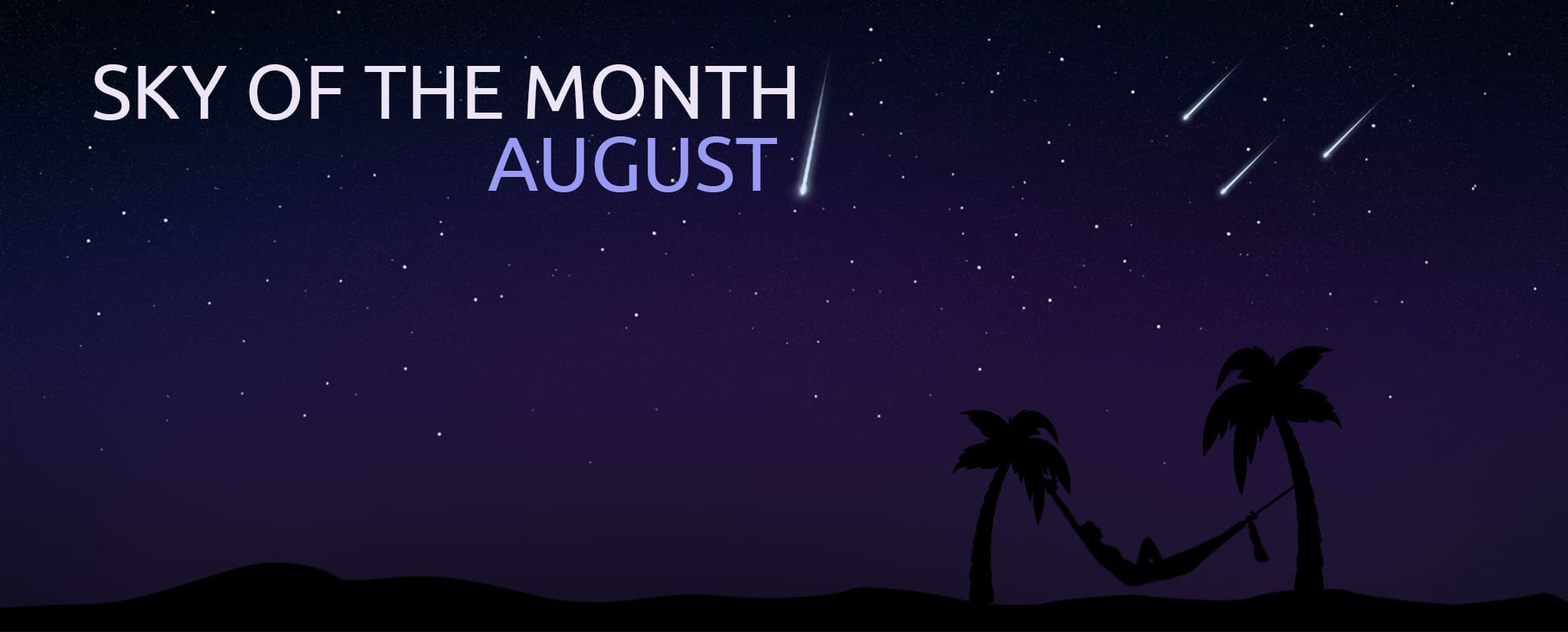
Friends of Astronomy we salute you. We are officially entering the last month of summer. So let’s get ready for fantastic star tours on warm August nights. From the sought-after meteor shower, also known as Perseids, to the glowing Jupiter and Saturn and the August Full Moon.
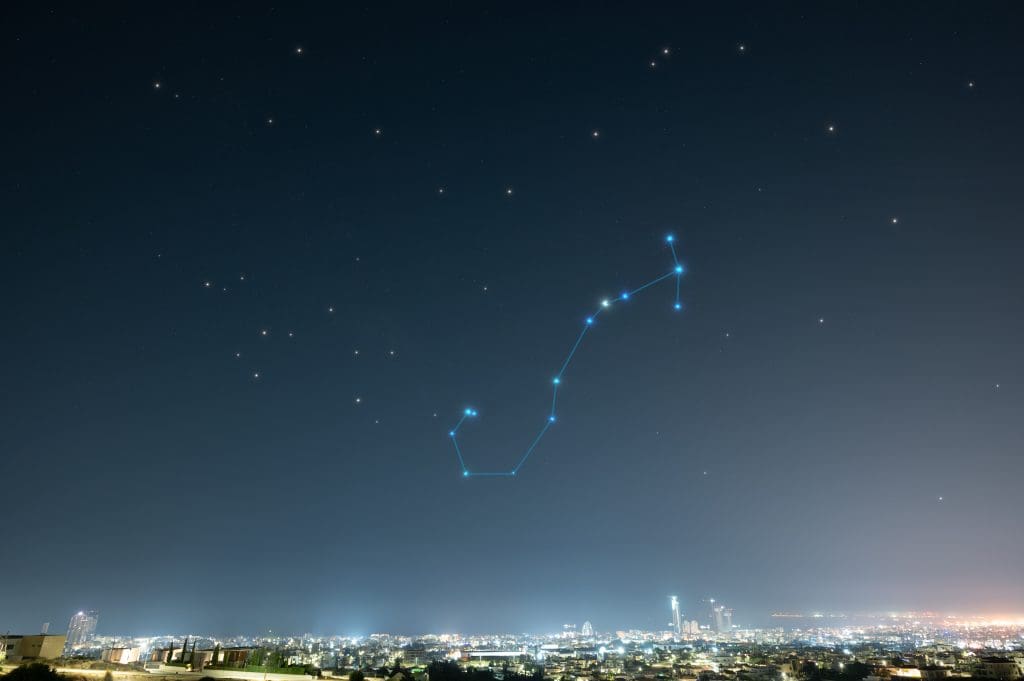
Photo taken by the H.O.S team
Spectacular Perseids
Perseids are a fantastic phenomenon of shooting stars where they are observed every year on certain August nights. They are small remnant pieces of the comet Swift-Tuttle. The fascinating part of this observation is that they are burning as they enter the atmosphere. The larger pieces are called meteorites while the smaller are called projectiles. This phenomenon is observed as the Earth’s orbit is at its closest distance from the remnants of the Swift-Tuttle comet in the summer.
Fun Fact: This particular shower of shooting stars is called Perseids because the meteors appear to originate from within the constellation of Perseus.
The phenomenon is observed from the end of July but its peak occurs on August 12, reaching a rate of about 60-100 meteors per hour. The ideal times for observing the Perseids are those before dawn, specifically after 1am. The absence of the moon on August 12 will make the phenomenon easier to observe. For the maximum level of viewing enjoyment, choose a dark place away from the city, with a good view of the sky. Use a comfortable chair, lie backwards, and keep our gaze upwards at all times. It is important not to turn on any lights, as we want our eyes to adjust to the darkness.
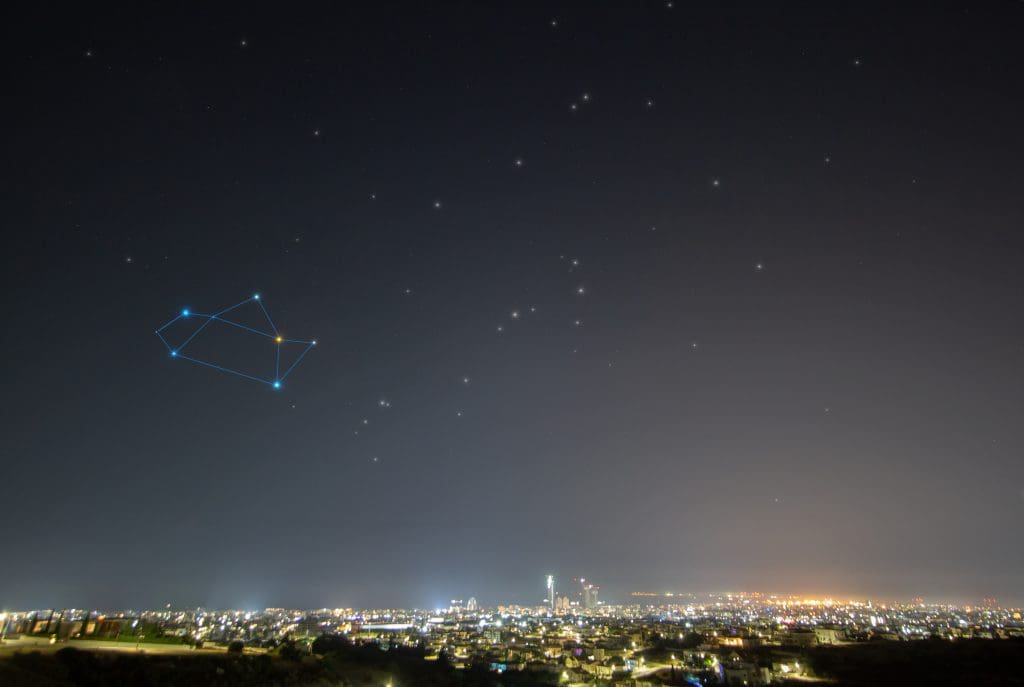
Photo taken by the H.O.S team
Galaxy of Andromeda
The Andromeda Galaxy (M31) is a spiral galaxy in the constellation Andromeda. We consider it extremely important as it is the most distant object we can observe with the naked eye in a dark sky. It is located at a distance of 2.5 million light years and is one of the two largest galaxies among our galaxy neighborhood.
Fun Fact: The Andromeda galaxy is the closest spiral galaxy to our own galaxy.
The Andromeda Galaxy rises in the north-east shortly after 19:00 and sets around 4am. We can observe it from the beginning of the night (after 21:30) until dawn. However, the best time to observe it is after 23:30, when it will be above 30°.
To successfully target the Andromeda Galaxy we must first find the Constellation of Cassiopeia. The constellation of Cassiopeia, in the middle of the month, is located in the North-East and is comparable to the English letter “W”. Find the brightest star located at the eastern and highest base of the letter “W” and move along the base with the bright star.
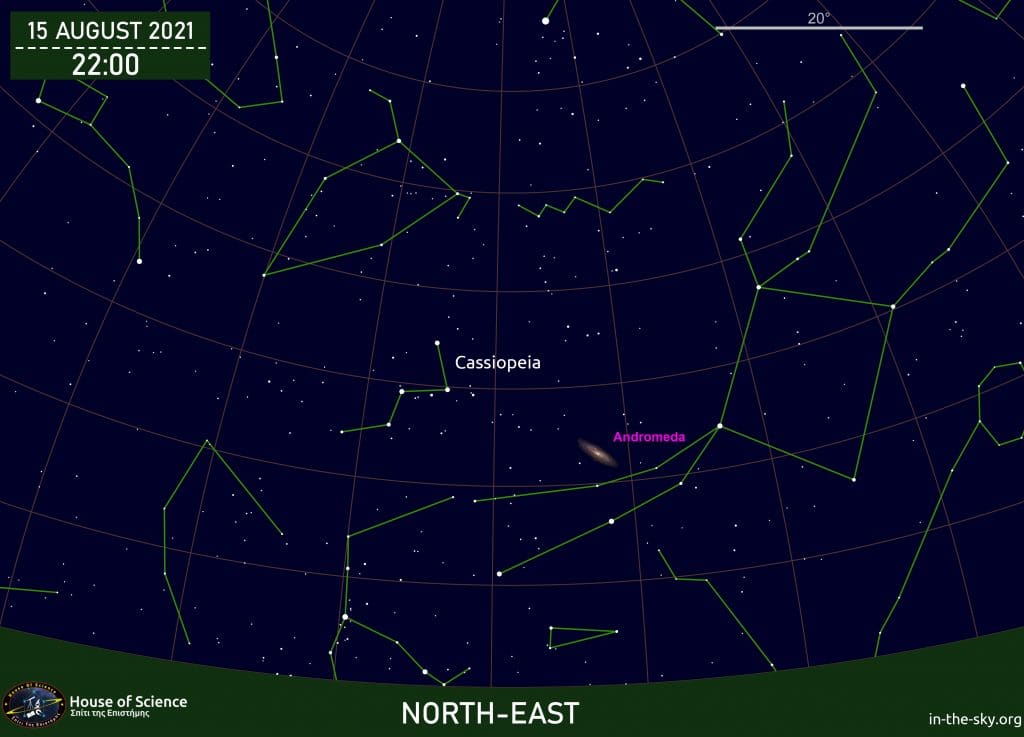
Lunar Information
On August 8 we will have a New Moon, meaning it will be the only night when the moon will not be observable. As the days go by, the moon will become brighter and brighter, reaching its maximum, so on August 22 we will have a full moon.
Fun fact: New moon nights are ideal for stargazing as the moon does not illuminate the sky. This improves the quality of observation and the celestial targets appear more intense (with more contrast).
Scorpio and Sagittarius in the August Sky
As in the previous month, the night sky is adorned by the two well-known summer constellations, Sagittarius and Scorpio. Sagittarius has a characteristic teapot shape, with the handle on the left and the mouthpiece on the right. In the constellation of Scorpio we find a particularly bright star, Antares, as well as the star called Shaula, which means “raised tail” in Arabic and represents the sting of the scorpion in an attack position.
Fun fact: If our stargazing is done away from the city lights between the two constellations we will find the Milky Way belt extending upwards. The Milky Way belt appears as light clouds crossing the sky from north to south.
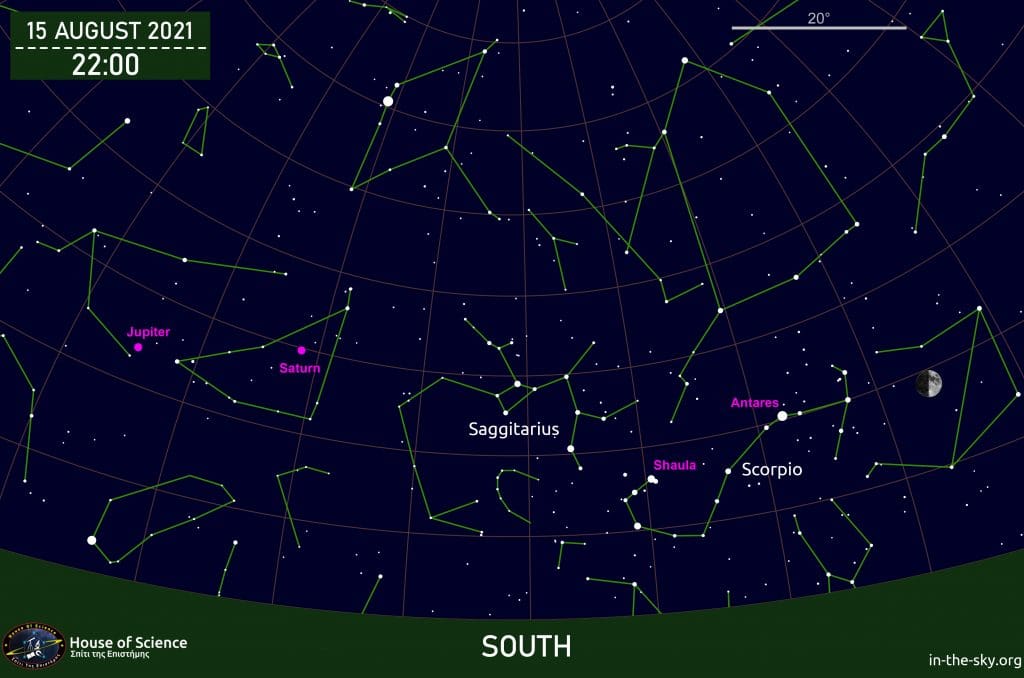
The planets
- Saturn: It rises around 19:00 (mid-month) and can be found near the constellation of Capricorn.
- Jupiter: From the middle of the month, it rises around 20:00 and we can locate it near Saturn.
- Venus: You will observe it in the West, after the Sun sets. It is the first bright celestial body to appear.
